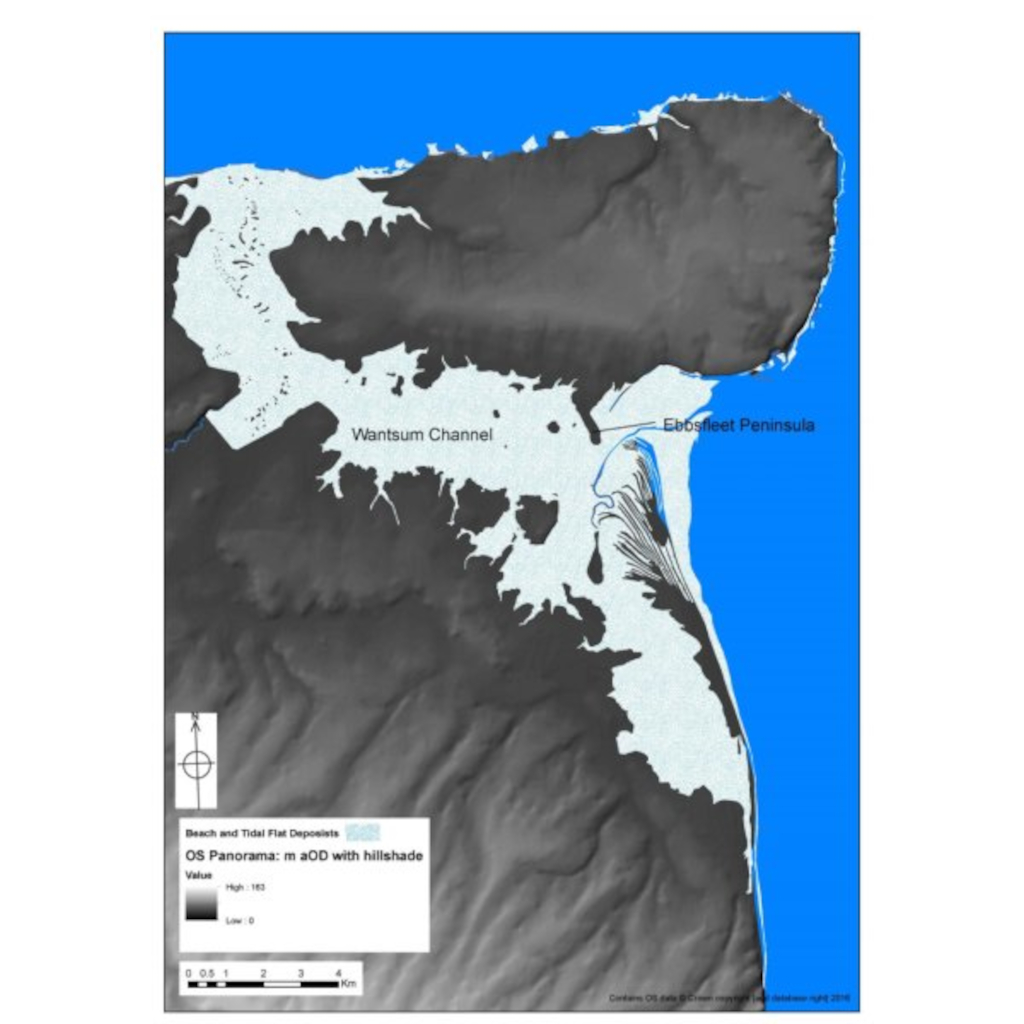First evidence for Julius Caesar’s invasion of Britain discovered. Archaeologists from the University of Leicester have discovered the first evidence of Julius Caesar’s invasion of Britain. Pinpointing the landing site at Pegwell Bay on the Isle of Thanet in Kent. This location aligns with Caesar’s account from 54 BC, describing a visible sea bay and nearby higher ground. The project, funded by the Leverhulme Trust, involved surveying hillforts, museum artifacts, and excavations in Kent. A large defensive ditch at Ebbsfleet, similar to Roman defences at Alésia, was a crucial find. This ditch, dated to the 1st century BC, suggests Ebbsfleet was a Roman base protecting Caesar’s fleet. The site, now 900 meters inland, was closer to the coast during Caesar’s invasions.

Image courtesy of University of Leicester
Dr. Andrew Fitzpatrick from the University of Leicester’s School of Archaeology and Ancient History highlighted the strategic location of Ebbsfleet on a peninsula. Previously overlooked due to its separation from the mainland by the Wantsum Channel. The archaeological evidence supports Caesar’s description of his landing. And the project’s findings challenge the notion that Caesar’s invasions were failures. Instead, the invasions are seen as significant triumphs in Rome. With long-lasting effects on Britain, influencing alliances and the later successful invasion by Emperor Claudius in AD 43.
The project included volunteers organized by the Community Archaeologist of Kent County Council. With support from University of Leicester Archaeological Services (ULAS). The findings will be featured on BBC Four’s “Digging For Britain.”
Other blog categories that may be of interest. 10mm ACW Project, 10mm AWI Project, 10mm AZW Project, 10mm CGW Project, 10mm FIW Project, 10mm Sci-Fi Projects, Aliens, Dropzone Commander, Terra Nova, 10mm WWI Project, 10mm WWII Project, 10mm Zombie Project, Battle Reports & Scenarios, Making Scenery & Terrain, Painting Guides, Shows & Events, Solo Wargaming, Wargaming Projects, Wargaming Rules.


Leave a Reply